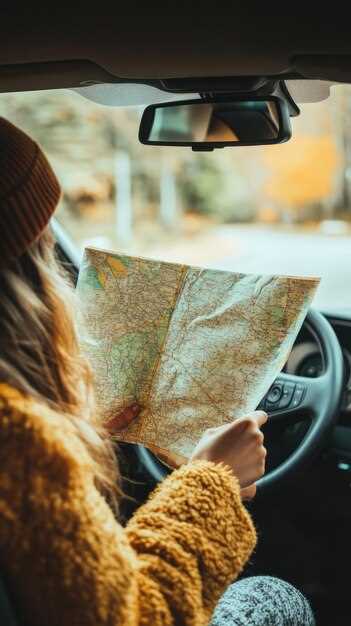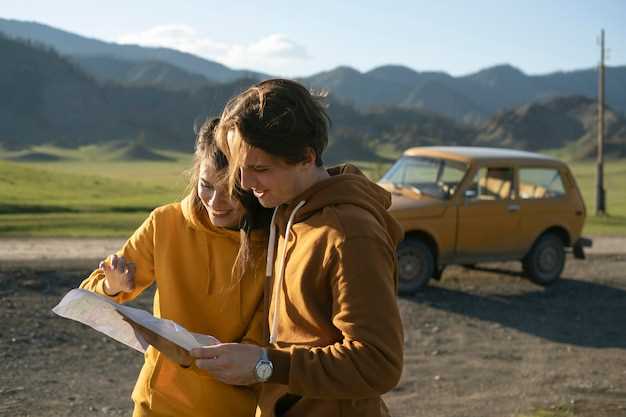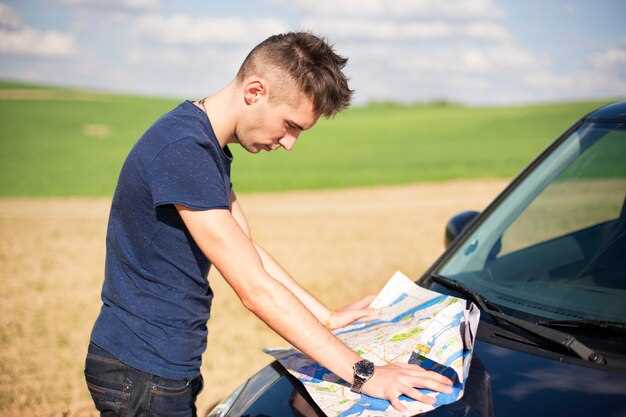
Embarking on a road trip is an exhilarating adventure that allows travelers to explore diverse landscapes and create lasting memories. However, capturing the essence of your journey is just as vital as the destinations you visit. Documenting your trip not only helps preserve the stories, sights, and experiences but also serves as a source of inspiration for future travelers. This guide will provide you with essential tips and techniques for effectively documenting your road trip.
From choosing the right tools to utilizing creative storytelling methods, the process of recording your adventures can transform your travels into an engaging narrative. Whether you prefer photography, journaling, or video documentation, it’s important to find a medium that resonates with you. Organizing your documentation will help in creating a coherent and captivating account of your travels that you can share with family and friends.
In this complete guide, we will explore a variety of strategies that will not only enhance your documentation skills but will also ensure that you capture the essence of your road trip. By the end, you’ll be equipped with the knowledge and inspiration needed to create a rich tapestry of memories that reflect the spirit of your journey.
Choosing the Right Tools for Capturing Your Journey

Documenting a road trip requires the right tools to ensure that every visual moment is captured beautifully. Selecting the appropriate equipment is essential for transforming your experiences into lasting memories. Start with a high-quality camera, preferably a DSLR or a mirrorless model. These types of cameras offer superior image quality and flexibility, allowing you to experiment with different lenses for various landscape shots.
For those who prioritize convenience, a smartphone with a powerful camera can also be an excellent option. Many modern smartphones come equipped with advanced features and settings that allow you to capture stunning visuals without the bulk of traditional camera gear.
Stabilization is crucial for capturing smooth road footage. Consider investing in a handheld gimbal or a steady cam. These tools minimize shaky images when filming from a moving vehicle, ensuring that the final product is polished and enjoyable to watch.
Additionally, don’t overlook the benefits of a good tripod. A lightweight, portable tripod can aid in capturing breathtaking landscape shots during stops. It also allows for long exposure photography, perfect for sunset or night shots.
For those who want to capture the spontaneity of the journey, action cameras like GoPro are ideal. They are compact, durable, and often waterproof, making them suitable for various environments along your road trip.
Lastly, software for post-processing should not be forgotten. Editing programs like Adobe Lightroom or mobile apps provide the tools necessary to enhance your images, helping to bring your road trip visuals to life. These tools will allow you to adjust lighting, colors, and contrast to achieve the perfect artistic presentation.
Creative Methods for Recording Memories on the Road
Documenting your road trip can be as enjoyable as the journey itself. Here are some innovative methods to ensure you capture every moment along the way.
One popular technique is to maintain a travel journal. This allows you to write down thoughts, experiences, and highlights of each day. Include sketches, ticket stubs, and other memorabilia to enrich your entries.
Photography plays a crucial role in capturing memories. Consider creating a themed photo challenge, such as ‘nature scenes’ or ‘local cuisine.’ This adds a layer of creativity and can make for a picturesque collection of images that tells your story visually.
A digital approach can also enhance your documentation. Use apps that allow you to create timelines or maps of your journey. By logging each location, you can easily revisit where you’ve been and create a digital scrapbook.
For those who enjoy video, consider vlogging your adventures. Capture snippets of your travels and compile them into a short film. This method adds a personal touch, making it fun to relive those moments later.
Engaging with locals can provide unique insights and stories to include in your record. Take notes or record short audio clips during conversations to preserve these interactions, adding depth to your road trip narrative.
Finally, creating a physical keepsake, such as a map highlighting your journey, can serve as a lasting reminder of your travels. Mark each stop and personal anecdotes relating to those locations for a cherished memento.
Organizing and Sharing Your Road Trip Documentation

Effectively organizing and sharing your road trip documentation enhances the experience for you and your audience. Start by categorizing your materials to create a clear structure. Divide your documentation into sections such as itinerary, daily highlights, and visual content. This will help maintain a cohesive narrative throughout your trip.
Utilize digital tools to organize your photos and videos. Cloud storage services like Google Drive or Dropbox allow you to create folders for each day of your trip, making it easy to access and manage visual content. Use descriptive filenames for your files to make retrieval simpler later on. Tag your images with keywords related to locations, activities, or memorable moments to streamline your search process.
Once your documentation is organized, consider sharing it through various platforms. Social media sites like Instagram or Pinterest are excellent for showcasing visuals. Create albums or stories highlighting significant moments during your journey, encouraging engagement with your audience. For a more in-depth experience, consider compiling a blog or a digital scrapbook that includes both your narrative and visuals.
If you prefer a collaborative approach, platforms like Google Photos or Flickr allow friends and family to contribute their own visuals from the trip. This collective documentation fosters a sense of community and creates diverse perspectives on your travels.
Always consider the privacy and permission of those featured in your images when sharing. Be mindful of your audience and tailor your content to their interests, whether they seek inspiration for their road trips or simply want to share in your experiences.
Finally, include reflections and tips based on your journey to provide added value. This will not only enhance the story but also serve as a helpful resource for others planning their trips. Combining organization with effective sharing will create an engaging and memorable account of your road trip.





